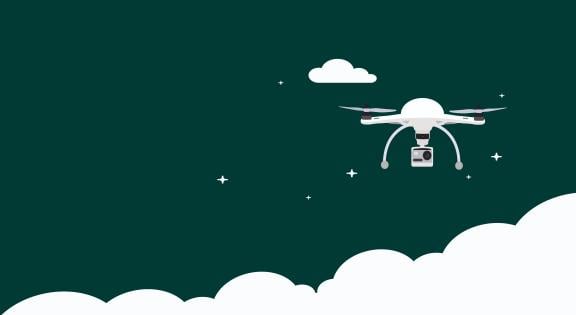Unmanned Aircraft Systems (drones) are becoming more common ,and with advances in technology and decrease in cost, are ever increasing in popularity.
Whilst flying a drone, it is important that they are not posing a risk to any other aircraft or people.
Drones must be flown safely and legally, within the limits of the operating category they are flying in. This includes Operator Registration, Pilot Competency and maintaining separation distances from members of the public and built-up areas as required. Conditions and limitations for each flying category are different, and much will depend on the weight of the drone, and where and how it will be flown.
It is always the pilot’s responsibility to ensure the drone is being flown safely and within the law.

